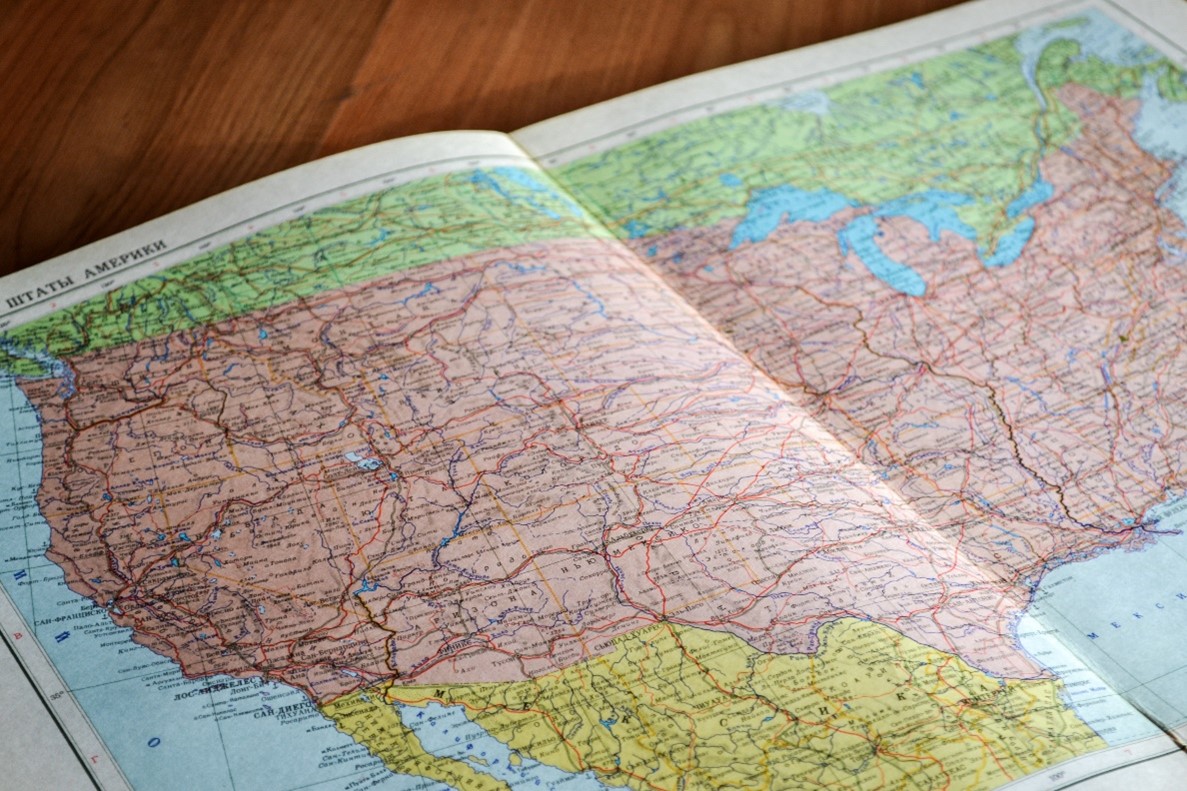Television shows like Naked and Afraid and Running Wild with Bear Grylls are extremely popular and for good reason. Seeing people putting their best survival skills to the test is exciting and makes us want to try too.
Luckily, navigating the wild is totally doable, and in the following article, Angelo Dellomo of Mays Landing explains how to read a map and accurately follow GPS navigation.
Unraveling the Significance of Mastering Navigation
Being out in the wild is thrilling but also full of unknowns. Not knowing how to get around means that access to food and shelter will be harder to come by, and the potential to run into threats is greater. By understanding maps and GPS navigation, an individual can learn if there are certain areas to avoid, especially when getting off course.
Maps and GPS will not dictate where predators are located, but it can show where certain terrains are (e.g., rocky or sandy) and also where campsites or great views are.
What Navigation Tell Us About the Wilderness
Whether it’s a camping trip or trying to win the Amazing Race, knowing how to read a map and use GPS navigation is vital to having fun and, more importantly, to survival.
Safety
The most important reason to understand maps and GPS is for safety. Maps can show where water sources are located, if there are camping areas nearby, and whether there are cliffs or steep dropoffs.
GPS is an additional layer to a map’s safety because it’s easy to choose how to view a map. There are options like terrain (makes it easier to see if a place has mountains, sand, etc.) or satellite (gives a more realistic picture of an area). In addition, it’s easy to zoom into an area to see more details, something that a traditional map can’t show.

Exciting Exploration
While maps and GPS are vital for safety, both of these tools also can make navigating the wild more interesting. Some people will already have a plan ahead of time of what to see and do, but maps and GPS can also show new places, perhaps a never-before-seen lake or forest area.
It’s also easy to map out new trails and where they’ll lead. Guidebooks can only show how long a trail is but with a map and/or GPS, it’s easy to check out exactly what the trail will be like, such as elevation and terrain.
New Skills
Mastering new skills not only keeps the human brain elastic and healthy, but also serves as a powerful defense against diseases like Alzheimer’s. Additionally, it hones problem-solving abilities, providing a keen sense of spatial awareness and a better understanding of relationships between objects.
Summary
Understanding map reading and GPS navigation is not just a matter of convenience; it’s a crucial skill with a range of benefits. It fosters mental agility and enhances problem-solving capabilities. Moreover, it sharpens spatial awareness, offering a comprehensive perspective on the relative positions of objects. So, beyond practicality, it contributes significantly to cognitive health and overall adaptability in our dynamic world.
